As I have discussed in previous blogs, waterless urinals have many benefits. Saving water is just one of them, but it’s the one that many of our clients are most interested in. That’s because organisations now are under increasing pressure to demonstrably reduce their environmental impact, as well as under financial pressure to cut costs.
Water-saving initiatives can help organisations to demonstrate sustainability, reduce their carbon footprint as well as helping achieve green certification and showing leadership in environmental management. With that in mind, this blog post includes a range of suggestions regarding simple ways in which organisations can reduce their water use, particularly in office buildings.
Generally, an effective water saving strategy needs a two-pronged approach. The installation of some simple technical solutions can reduce water consumption significantly, but at the same time the most effective water-saving strategies are those that have staff buy in, so there’s also an educational job to be done to help people understand the importance of conserving water and persuading them modify aspects of their behaviour. There are many effective measures that can be introduced which cost little or nothing but lead to substantial financial savings as water and sewage use is reduced. Here are some ideas.
Get staff buy-in
Key to getting staff buy-in is creating a workplace culture that encourages and incentivises water saving. Greater awareness of the importance of water saving generally leads to a culture in which employees take pride in monitoring water use. Consider ways in which you can acknowledge those that contribute the most to the water saving regime. In some organisations resource conservation is considered part of employees’ performance reviews. In others, less formal initiatives publicly reward those that lead the way in this area.
Ask your staff for ideas
Typically, your staff will know more about where water can be saved in your organisation that you do. It’s often the case that water is being wasted simply because either people don’t know what to do, or they’re not telling you about problems like dripping taps that could easily be fixed if only you were aware of them. Think about running a staff awareness campaign letting them know how important it is to reduce water consumption and how significant the results can be, both in environmental impact as well as in savings to the bottom line.
Install waterless urinals
For most organisations the washrooms and the kitchen are the most areas where most impact can be had. Obviously, the installation of waterless urinals has a very significant impact on water consumption. Typically, customers will save 100,000 litres of water per year per urinal. Waterless urinals can generally be easily retrofitted into existing washroom set ups and offer numerous other benefits from quicker and easier cleaning regimes through to lower maintenance costs down the line.
Think about how people use the kitchen
A lot of saving water in the kitchen is about changing people’s behaviour – for example encouraging them to fill sinks for washing up rather than letting taps run. If the sink is really just used for rinsing mugs and spoons then perhaps it might be worth considering a move to push or spray taps. If you have a dishwasher in your kitchen it’s worth having a look at the different programmes that it offers. Most modern dishwashers offer a water-saving programme – make sure that it’s this one that’s being used. An education programme can help users to understand how much water they are using. Put up signs encouraging people not to leave taps running.
Check for leaks
There may be leaks in your system that you’re unaware of. A simple way to find out is to check your water meter last thing at night (or before another period when the building will be empty and no water should be used) and then again first thing the next morning. If water has been used during this period, then it could indicate that you have a leak somewhere in your system.
Reduce water used on flushing
In the washroom one of the biggest wasters of water are automatic flushing mechanisms on traditional urinals. Unsurprisingly I’d always recommend switching to waterless urinals as the savings in both water and cash can be very substantial indeed. As far as normal toilets go, think about installing dual flush cisterns which offer a choice between a full or half flush, depending on requirements.
Of course, you may not want to go the whole hog and replace your toilets. In that case there are cistern replacement devices available designed to help you reduce toilet flushes artificially. If you do decide to install these it’s important to keep an eye on them and make sure that the reduced flush is sufficient for users’ requirements, otherwise you can end up using even more water if users find that they have to flush multiple times.
Another common waste of water in washrooms is taps left running. Push operated taps can guard against this as can sensor-operated taps which offer other benefits as well such as improved hygiene.
Have a regular maintenance regime
Even if things appear to be working properly it’s important to have a regular regime of inspection and maintenance to make sure that everything is working as it should. Taps and pipes can scale up and when that happens they operate much less efficiently – sometimes scaled up taps will stick on, for example, or users will need to run the tap for a much longer time to get the same effect.
I’d recommend inspecting all your fittings at least a couple of times a year. Check that taps are flowing freely and can be turned on and off. Make sure that toilet cisterns are up to scratch. Ask your staff to alert you to any problems that they are aware of. Common issues are things like hot water taking far too long to reach a particular point, necessitating excessive running of taps in order to get them to run hot enough. If that’s the case it might be worth considering having a smaller water heater near to the point of use.
Get equipment installed professionally
Remember, if you’re installing any new equipment that correct installation is absolutely vital – mistakes at the installation stage can mean that you end up using more water rather than saving water, so you should always get advice from an expert supplier before you make any substantial changes to your washroom configuration.




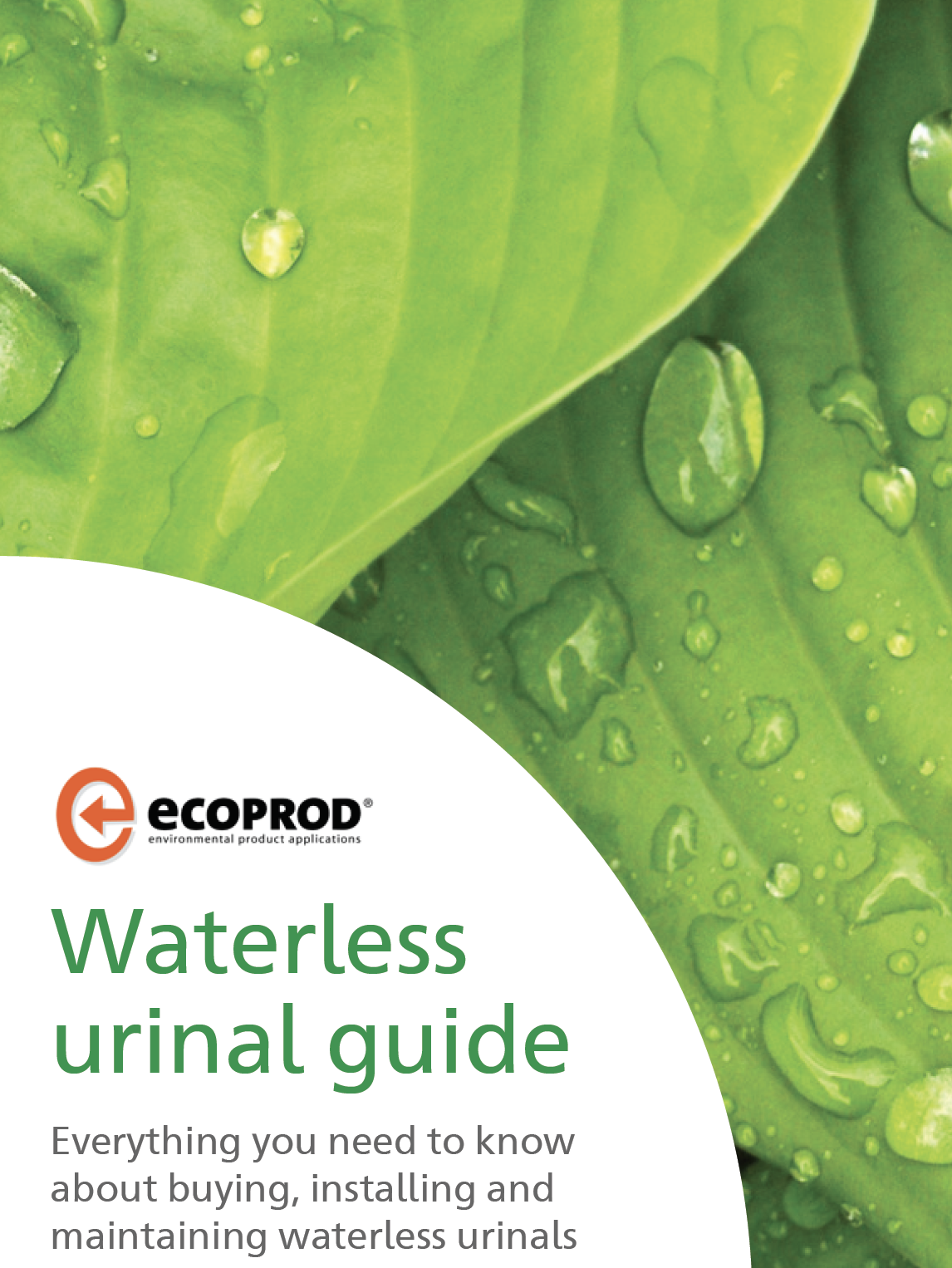

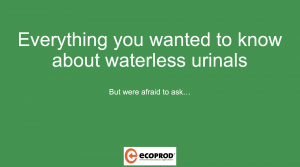
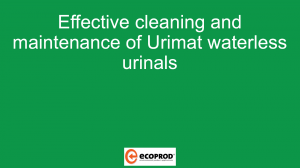





 For the last 8 years Robert Summer – Head of International Sales and Marketing – has developed structured distribution network worldwide for CONTI+ brand. The products offer great benefit for washrooms and shower rooms for public, semi-public and health sector. Today, sustainability, hygiene and smartness are key to CONTI+ solutions. Robert lives the brand and its USPs and loves to support and motivate his team on a daily basis.
For the last 8 years Robert Summer – Head of International Sales and Marketing – has developed structured distribution network worldwide for CONTI+ brand. The products offer great benefit for washrooms and shower rooms for public, semi-public and health sector. Today, sustainability, hygiene and smartness are key to CONTI+ solutions. Robert lives the brand and its USPs and loves to support and motivate his team on a daily basis.





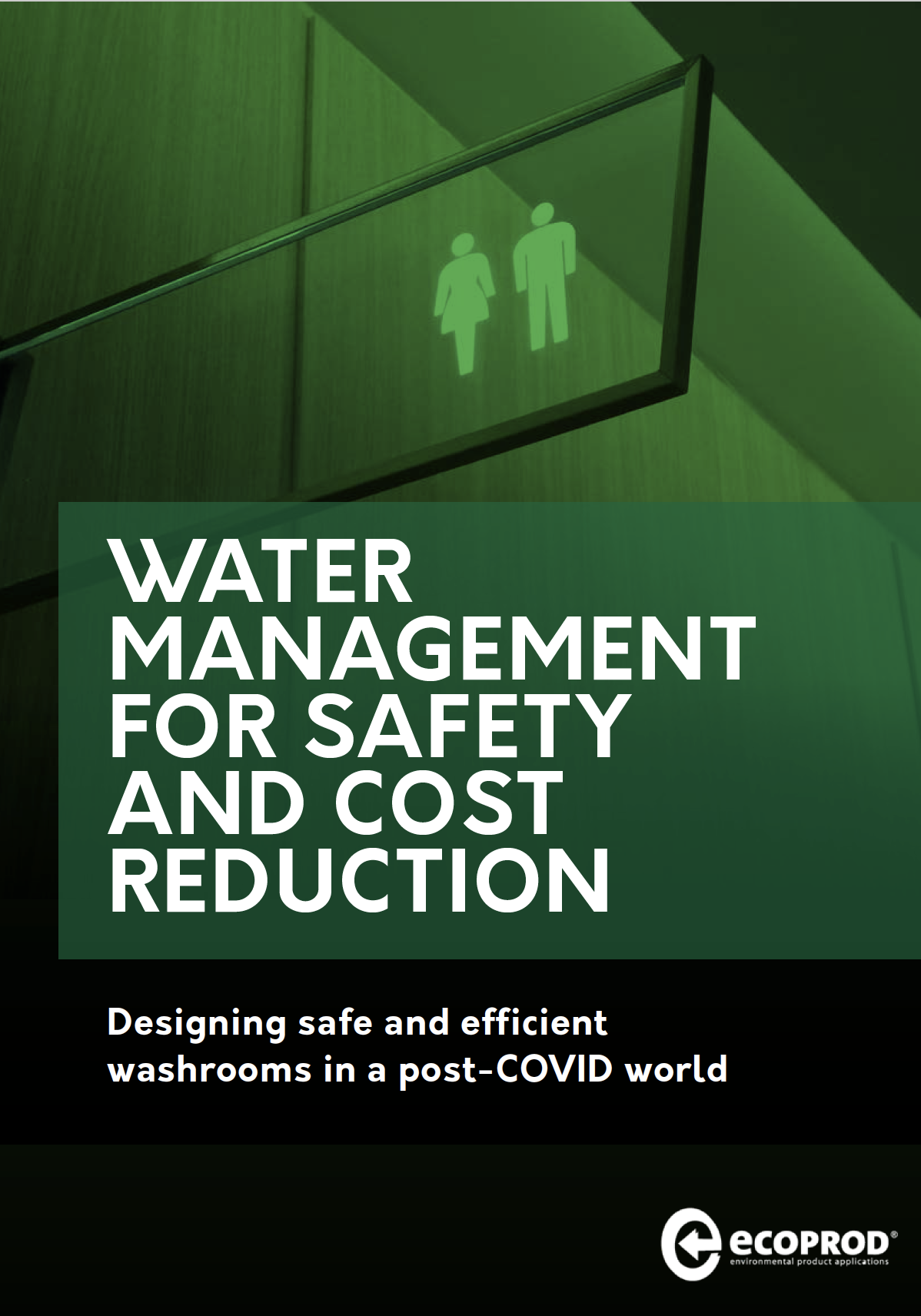



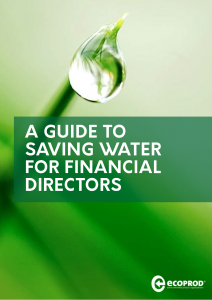
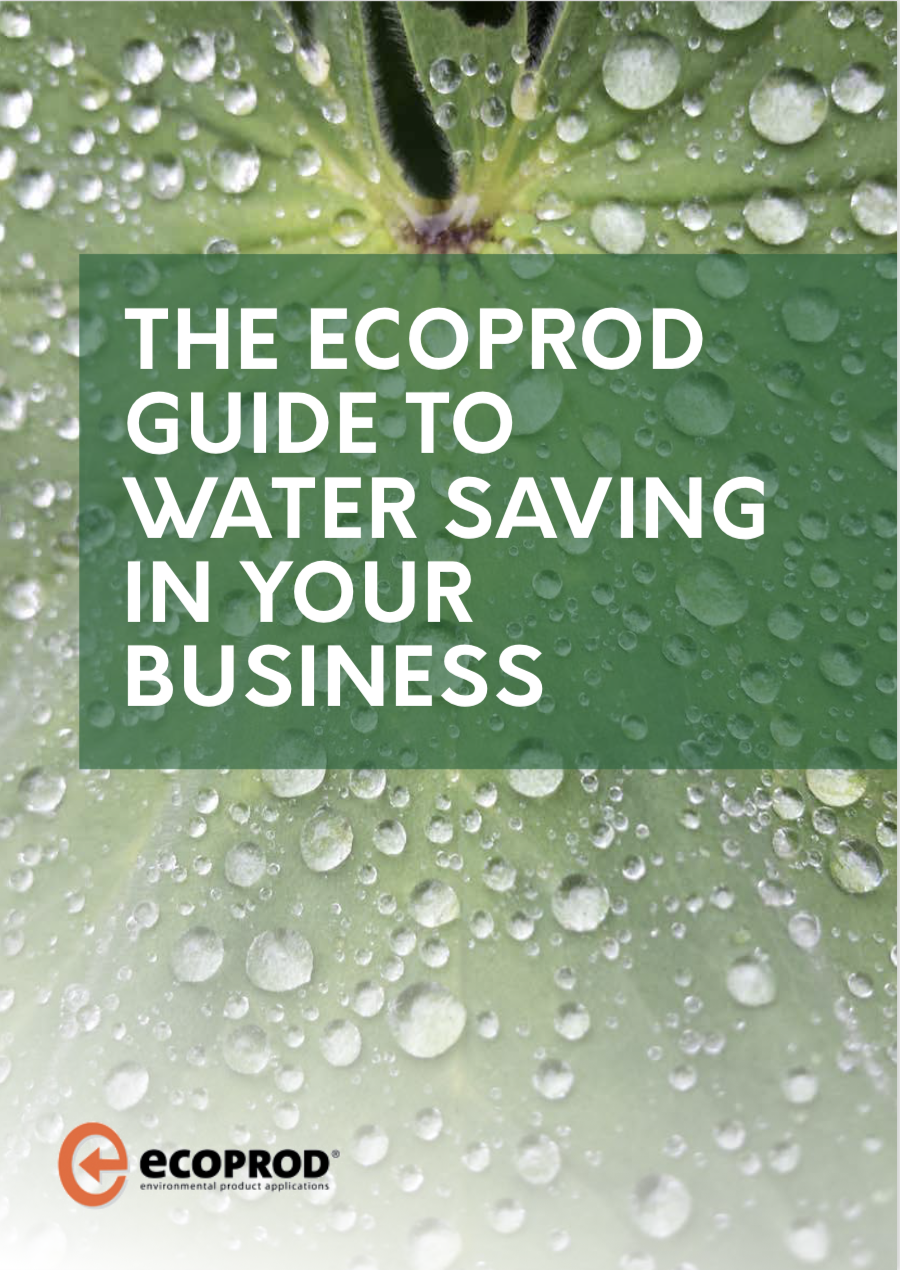
Comments are closed.